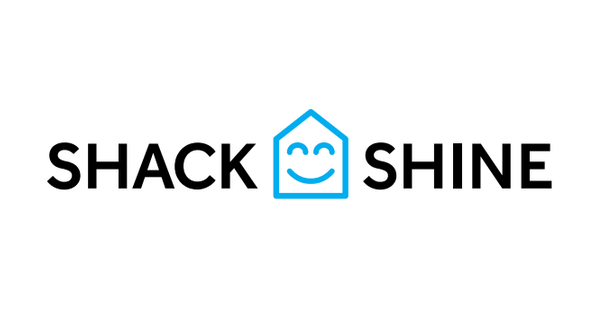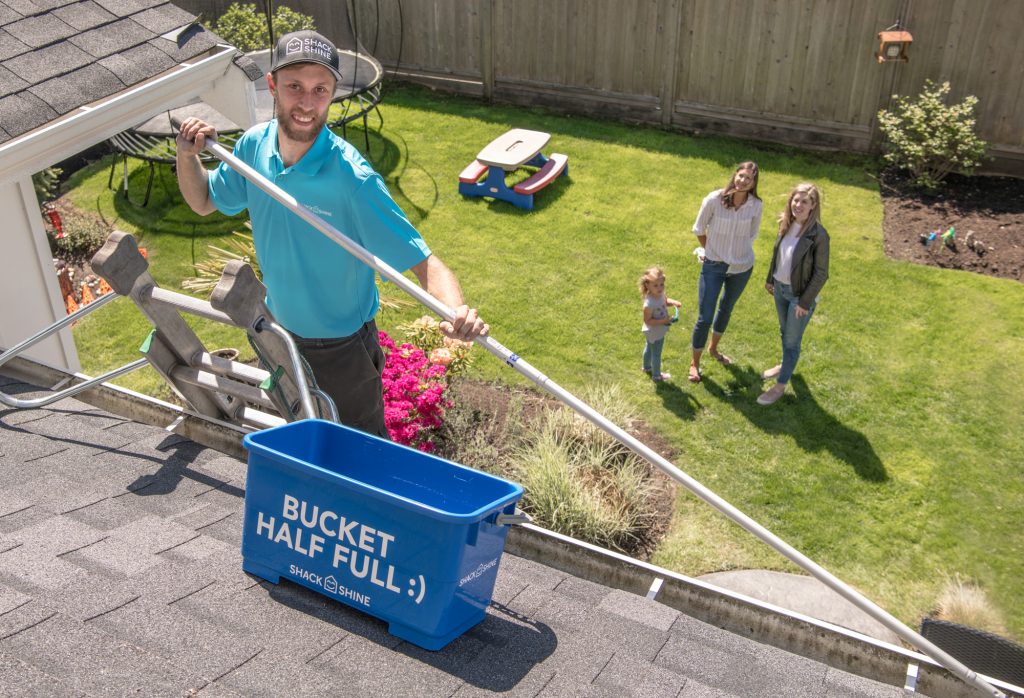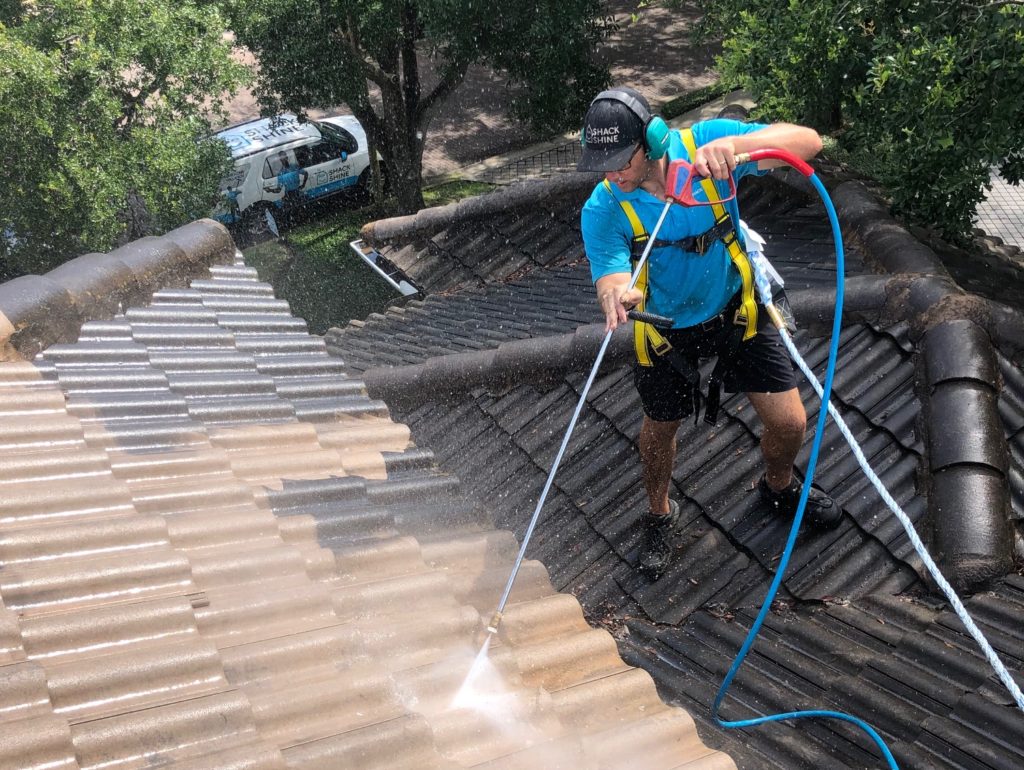E-2 and L-1 visas
E-2 visa
EB-5 visa
O-1 visa in 1-6 months
EB-2 NIW or EB-1 A in 1-3 years
Accounting support including LLC, EIN, business bank account
For individuals with extraordinary abilities
For specialized knowledge employees and executives/managers
Self-petition option for work that has national importance
For investors and entrepreneurs
All of our insights and articles in one place
Get the latest U.S. immigration news
See potential returns on franchise investments
Frequently asked questions
Learn about our company
Get in touch
Personal client success stories
Shack Shine
Read everything about a Shack Shine franchise on this interview with Jeremy Ennis, franchise development manager of Shack Shine.

Table of Contents:

Jeremy: Hello there. I’m Jeremy Ennis and I’m the franchise development manager here at Shack Shine. And really looking forward to connecting with you to help you learn more about our brand. A little bit about Shack Shine is we’re part of a larger organization. It’s called O2E Brands. It stands for Ordinary to Exceptional Brands. Really, our vision is to build the most trusted brands and home services, one exceptional experience at a time.

O2E Brands
And we have three brands. Our biggest brand is, you know, 1-800-GOT-JUNK. It’s a household name in junk removal. And we have Wow 1 Day Painting, who paint homes in a day. And then Shack Shine. We’re the newest brand to the mix under this O2E Brands‘ umbrella family. And we’ve been operating now, this is our fifth year of franchising. We’ve experienced some rocket ship growth. We’re over 60 franchises across Canada and in the U.S.
What Shack Shine does
And really what Shack Shine does, we call house detailing. So, we’re pioneering this new category called house detailing. We’re bringing a bunch of fragmented industries, such as window cleaning, gutter cleaning, power washing, Christmas light installation, and we’re bringing it under one roof. And the aspiration is to be the one-stop-shop for the customer. The one-stop shop for their exterior home needs. And we pioneered a category like this before with 1-800-GOT-JUNK in junk removal and became the leader of it, now the household name, and we’re doing it all over again with Shack Shine.
Customer experience
And, you know, best way I can describe the experience for the customer is like getting your car detailed. So, as you detail your car, you know, and one thing I always get blown away with getting my car detailed is the rims. They’re always so shiny. It blows my mind.
But for Shack Shine, it’s when a customer comes home from doing whatever they want to do, and they pick up their head from the cab and their windows are immaculate or their driveway is power washer, their house is literally shining at them from Christmas lights. Like they sit down on the couch and they have this realization, just like my realization of shiny rims is they realize, “Man, I didn’t have to get up on a ladder today. I didn’t have to go rent equipment.
Didn’t have to get my hands dirty. Like, Shack Shine took care of me and I have total peace of mind.” And so that’s really what we give our customers. So happen what we do is window cleaning or gutter cleaning, or power washing or Christmas light installation but really what we give our customers total peace of mind that we’re taking care of their home. So, really looking forward to this conversation, Jack, and answering whatever questions you have about Shack Shine.

Competitors
Jack: Of course. Well, thank you, Jeremy, for that great introduction summary of Shack Shine business. If you don’t mind, I think it would be good to understand, like, the overall market for these types of services, like who the competitors are. Like, what’s the typical competitor that’s currently out there that Shack Shine franchisee might encounter?
Jeremy: When I think about our competition across North America and even specifically into the United States, it’s very consistent across the board. So, in any given market, we typically find there’s one or two competitors in the market that deliver similar services pretty well. And it’s a good indicator in a market that there’s demand for these types of services in the marketplace and there’s awareness from a consumer perspective. Then there’s a middle tier that does not do these services very well but they’re servicing customers in the market.
So, typically these are more meet up of mom-and-pop shops. Typically people that have…they’re running a business but really what they’ve created for themselves is a bit more of a job.
And really where these people struggle is scalability, meaning that typically it’s them doing the work or they have one crew doing the work but they don’t know how to scale a business. Again, it’s more of a job.
Scalability
And then the second piece is, like, technology. So, meaning that they have a poor customer journey. Like they’re answering the phone up on top of a ladder, or they don’t answer the phone at all, or you can’t book online. So, scalability and technology typically is lacking in that space, which means there’s no customer loyalty. So there’s an opportunity to acquire customers in that middle tier segment. And that’s initially where we go after as a brand.
Then there’s a bottom tier that we don’t compete against at all. And that’s a guy or girl with a pickup truck that’s rusted and the cigarette hanging outta their mouth. Like the lower end of the market, we don’t compete against them at all. So, that’s what we see in a market. And typically what we’ve seen as a little bit of a competitive advantage force action in the marketplace is really our opportunity to scale a business.
So if you think about the middle tier where they get stuck, they don’t really have scalable systems, that’s the opportunity we give our franchise owners, is systems that allow them to scale. And then the second piece is a streamlined customer journey. From the customer acquisition or retention, all the way through to booking a job, whether it’s through a sales center online in the field, really what we do is we make it easy for customers to book and to keep booking. And sometimes a competitive advantage is just as simple as this, answering the phone. And answering the phone in a busy time. Anyways, Jack, that’s typically what we see. It’s a little bit about the market and some competitive advantages that we’ve seen with Shack Shine.
Jack: For sure. No, I appreciate that. So, in summary, it’s about scalability basically enabling the individual franchisee owner to scale their business, as well as, you know, offer all these services under one roof.
Shack Shine Services
Jack: So, all that makes sense. I know you listed a number of services. Is anyone or two like the main services that Shack Shine franchisees typically, you know, help their clients out with, or does it just depend on the market?
Jeremy: Yeah. I would say it depends on the time of year, for sure. So, I think that the cool thing about Shack Shine is no matter what time of the year, there’s an in-demand service that we offer. And so in the springtime, you know, we lead with window cleaning and in the summertime, power washing, and in the fall, gutter cleaning, and then in the wintertime Christmas lights. So, there is an in-demand service for every season of the year..

Primary drivers for a Shack Shine Franchise
If I take a step back and look at it cumulatively as a system, like, what are the two primary drivers for the business? I would say window cleaning for sure will make up about 30% to 40% of an annual revenue for a franchise. And, and the other one, which always catches people a little bit off guard is Christmas light installation. And that will also equate to about 40% to 50% of revenue for a franchise. So, window cleaning and Christmas lights would be the two primary, but we do have a service that’s in demand for every season of the year as well.
Jack: That makes a lot of sense. And for anyone who’s watching this, who hasn’t tried to put their own Christmas lights, it’s not fun. That’s probably why everyone goes to Shack Shine for that.
Jeremy: Totally. Yeah. I think the hardest thing that people have to get their head is they have their own experience with putting up Christmas lights. And this is exactly what you described. It’s like last minute, going into the box, all the wires are tangled. You know, wife or husband is like, “Put up these lights yesterday.” If you’re in a colder market, it’s freezing outside. If you’re in a warmer market, it’s too hot. And, yeah. Just leave it to the professionals.
Jack: Hundred percent.
Jeremy: We need opposite experience. That’s the best way to describe it.
Main Costs
Jack: Exactly. Exactly. No, just definitely not fun. That’s good to know kind of the drivers of revenue and then just in terms of the costs for individuals, you know, thinking, “Okay. Understand kinda what services we provide,” what are the kind main costs around this sort of business?
Jeremy: And so do we mean for a consumer perspective, just to confirm?
Jack: Yeah. I mean, basically, from the franchisee owner. When they’re running their business, like when they’re looking at their profit and loss statement, you know, what line items are kind of the biggest drivers of the cost.
Jeremy: Yeah, for sure. Yeah. So, when we think of about on a per-job basis, the biggest cost obviously is labor. So when you think about your cost of good sold in this business model, labor typically equates around 30%. There’s a few ongoing fees back to Shack Shine. And so what we see from a cost of good sold on a per-job basis is around 45% to 50%. And in terms of a gross profit margin, we see around 50% to 55%. So, that’s typically what we see on a per job level. If we think about expense, really I think one of the attractive pieces about Shack Shine it’s a low investment, low overhead business model.
And meaning that, you know, typically an owner can start for around 100,000 or less, and meaning that their expenses on a monthly basis aren’t astronomical, meaning that there’s no retail space or significant overhead in that way. So the two biggest cost to a Shack Shine franchisee on monthly basis, so one is marketing. Local marketing to drive revenue for the business. And the second is vehicles. Vehicles to hold crews to service customers. Everything else is pretty much standard than any other small business would be accountable for but those would be the two biggest ones from a general expense perspective.

Main Responsabilities
Jack: Okay. That’s very helpful to note. And then in terms of the actual, you know, Shack Shine franchisee, what is it that they focus on? Like, what are the main responsibilities?
Jeremy: Yeah. When I think about business ownership, I just think about hats. I might be weird that way but, you know, when someone first launches a business, they’re wearing multiple hats. And so when I think about a Shack Shine business, I like to simplify it. We got three key functions of the business. You got operations, you got sales and marketing, and you got business management. In the beginning, as the owner, when it’s just, you, you’re wearing all the hats.
And, you know, really the first hat to go is the operations hat. The goal of the owner in the beginning as they’re going through their initial onboarding with Shack Shine is it’s to train the trainer model. So, we train owners and they train their teams to deliver the service. And in the beginning, the owner’s role is to train their first crew. Their first crew, a crew of two, so there’s two, we call them technicians per vehicle, that they can get this initial crew independent and up and running.
And so the first op that we want the owner to take off is the operations set. We don’t want the owners to do the work but there’s an initial period of getting your hands dirty of training a crew that is essential to getting this crew independent up and running in the beginning. Where we want our owners spending their time is, if you go back to what we were talking about, the opportunity in the marketplace against the competition is scaling their business. And so two things come to mind with that is that the sales marketing app. So with our support, focus on driving revenue for the business, and then the second piece is when you’re growing, you know, doing it profitably.
Management
So managing your P&L, your financial statements, cash flow statement. We have all the tools and place to support people with that. And then I’d say the last piece around the culture orientation. I would put that under the business management perspective. Is just lead the business, build a culture, develop your teams. And so, the second had to go is typically the sales and marketing piece, and then really five years in, or three to five years in, you should be truly the business leader and you should have people in place running operations and running sales market.
Jack: Okay. No, I think it’s really helpful. And I like the analogy you use of the hats. I think it’s very similar to other small businesses as a business owner scales. If they wanna scale. Right? In order to scale successfully, you’re gonna have to give away responsibilities to your team. And it’s good that Shack Shine is a proven process for that. I would say two questions. One is, what sort of background is required or Shack Shine look for, for franchisees? And then what makes a successful Shack Shine franchisee?
Jeremy: Backgrounds are all across the board. And so we typically don’t get too hung up on backgrounds but we’re starting to see some themes within the system. So we have very much first-time entrepreneurs, people that have spent, you know, 5 to 10 years in a corporate type role. And they’re really looking to kind of shift away from that and run their business full time. And so typically life stage between 30 and 40, they either has kids or about to have kids, owns a home, about to own a home, looking to relocate from their current country to a new country.
Weekly newsletter
No spam. Just the latest releases and tips, interesting articles, and exclusive interviews in your inbox every week.
Latest
From the blog
The latest industry news, interviews, technologies, and resources.
View all posts